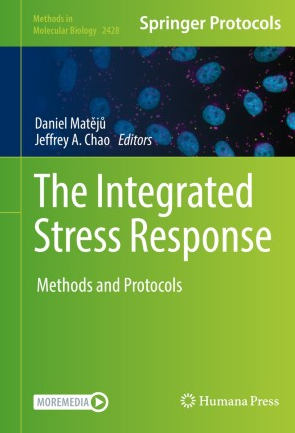Methods Mol Biol. 2022;2428:229-242. doi: 10.1007/978-1-0716-1975-9_14
Fabienne De Graeve#1, Nadia Formicola#1, Kavya Vinayan Pushpalatha#1, Akira Nakamura2, Eric Debreuve3, Xavier Descombes4, Florence Besse5
Affiliations
1Université Côte d’Azur, CNRS, Inserm, Institut de Biologie Valrose, Nice, France.
2Department of Germline Development, Institute of Molecular Embryology and Genetics, and Graduate School of Pharmaceutical Sciences, Kumamoto University, Kumamoto, Japan.
3Université Côte d’Azur, CNRS, Inria, Laboratoire I3S, Sophia Antipolis, France.
4Université Côte d’Azur, Inria, CNRS, Laboratoire I3S, Sophia Antipolis, France.
5Université Côte d’Azur, CNRS, Inserm, Institut de Biologie Valrose, Nice, France. besse@unice.fr.
#Contributed equally.
Abstract
Stress granules (SGs) are cytoplasmic ribonucleoprotein condensates that dynamically and reversibly assemble in response to stress. They are thought to contribute to the adaptive stress response by storing translationally inactive mRNAs as well as signaling molecules. Recent work has shown that SG composition and properties depend on both stress and cell types, and that neurons exhibit a complex SG proteome and a strong vulnerability to mutations in SG proteins. Drosophila has emerged as a powerful genetically tractable organism where to study the physiological regulation and functions of SGs in normal and pathological contexts. In this chapter, we describe a protocol enabling quantitative analysis of SG properties in both larval and adult Drosophila CNS samples. In this protocol, fluorescently tagged SGs are induced upon acute ex vivo stress or chronic in vivo stress, imaged at high-resolution via confocal microscopy and detected automatically, using a dedicated software.
PMID: 35171483
DOI: 10.1007/978-1-0716-1975-9_14

